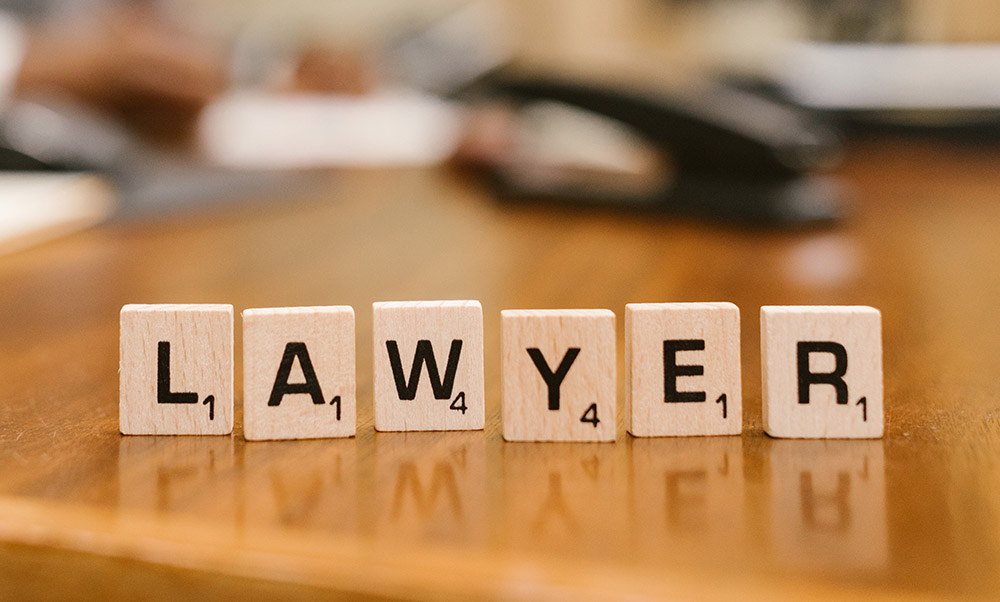
Courtroom Etiquette a Lawyer Should Have
Introduction:
In the hallowed halls of justice, courtroom etiquette stands as a pillar of professionalism and respect for lawyers. As legal advocates, it is paramount to adhere to the highest standards of conduct, comporting ourselves with decorum and dignity during courtroom proceedings. This comprehensive guide delves into the essential courtroom etiquette that every lawyer should embrace, navigating the complexities of legal practice with grace and poise.
Courtroom etiquette extends beyond mere manners; it reflects our dedication to upholding the integrity of the legal system and the respect we accord to judges, opposing counsel, witnesses, and clients. By cultivating courtroom etiquette, lawyers create an atmosphere of professionalism that fosters effective advocacy and enhances the pursuit of justice. Let us now embark on this enlightening journey, where we explore the indispensable elements of courtroom etiquette that elevate us as legal practitioners.
1. Dressing Professionally:
- Appropriate Attire: Wear formal and conservative attire, adhering to the dress code set by the court.
- Grooming: Maintain a neat and professional appearance, including well-groomed hair and minimal accessories.
2. Punctuality:
- Arrive Early: Always arrive at the courtroom well before scheduled proceedings to prepare and settle in.
- Respect the Schedule: Be punctual for hearings, trials, and other court appearances to show respect for the court’s time and the judicial process.
3. Addressing the Court:
- Be Respectful: Address the judge as “Your Honor” or “Judge” and opposing counsel with courtesy.
- Wait Your Turn: Refrain from interrupting others while speaking and wait for your turn to address the court.
4. Active Listening:
- Pay Attention: Listen attentively to the judge, witnesses, and opposing counsel to understand and respond appropriately.
- Non-Verbal Cues: Use positive body language, such as nodding, to show engagement and respect.
5. Speaking Clearly and Concisely:
- Avoid Interruptions: Wait for a pause before responding to objections or arguments to avoid speaking over others.
- Clarity of Speech: Speak clearly and confidently, enunciating your words to ensure your points are understood.
6. Handling Exhibits and Evidence:
- Preparation: Familiarize yourself with exhibits and evidence beforehand to handle them smoothly during trial.
- Offering Exhibits: Approach the bench or opposing counsel respectfully when offering or presenting exhibits.
7. Dealing with Challenges:
- Respectful Disagreements: If faced with objections or disagreements, address them with respect and without hostility.
- Stay Composed: Maintain composure during challenging moments, refraining from emotional outbursts.
8. Cellular Phones and Devices:
- Silence Devices: Keep cellular phones and electronic devices on silent or vibrate mode during court proceedings.
- Avoid Distractions: Minimize device usage to avoid distractions and maintain focus on the proceedings.
9. Leaving and Entering the Courtroom:
- Stand When Addressing the Court: Stand when addressing the court or entering/leaving the courtroom as a sign of respect.
- Approach the Bench: Seek permission from the judge before approaching the bench during proceedings.
10. Follow Courtroom Rules:
- Adhere to Procedures: Familiarize yourself with and adhere to the specific courtroom rules and practices.
- Respect the Judge’s Instructions: Comply with the judge’s instructions promptly and professionally.
Conclusion:
Courtroom etiquette is a reflection of our professionalism and dedication to upholding the principles of justice. By dressing professionally, being punctual, addressing the court and others with respect, actively listening, and speaking clearly and concisely, lawyers create an environment of dignity and professionalism in the courtroom. Handling exhibits and evidence with preparedness, dealing with challenges respectfully, and following courtroom rules are essential elements of courtroom etiquette that elevate us as legal practitioners.
As we conclude this journey, let us remember that courtroom etiquette is not just a formality but a cornerstone of our role as advocates. Embracing these essential etiquette practices, we honor the sanctity of the legal process, foster effective advocacy, and affirm our commitment to the pursuit of justice in the noble halls of the courtroom.
